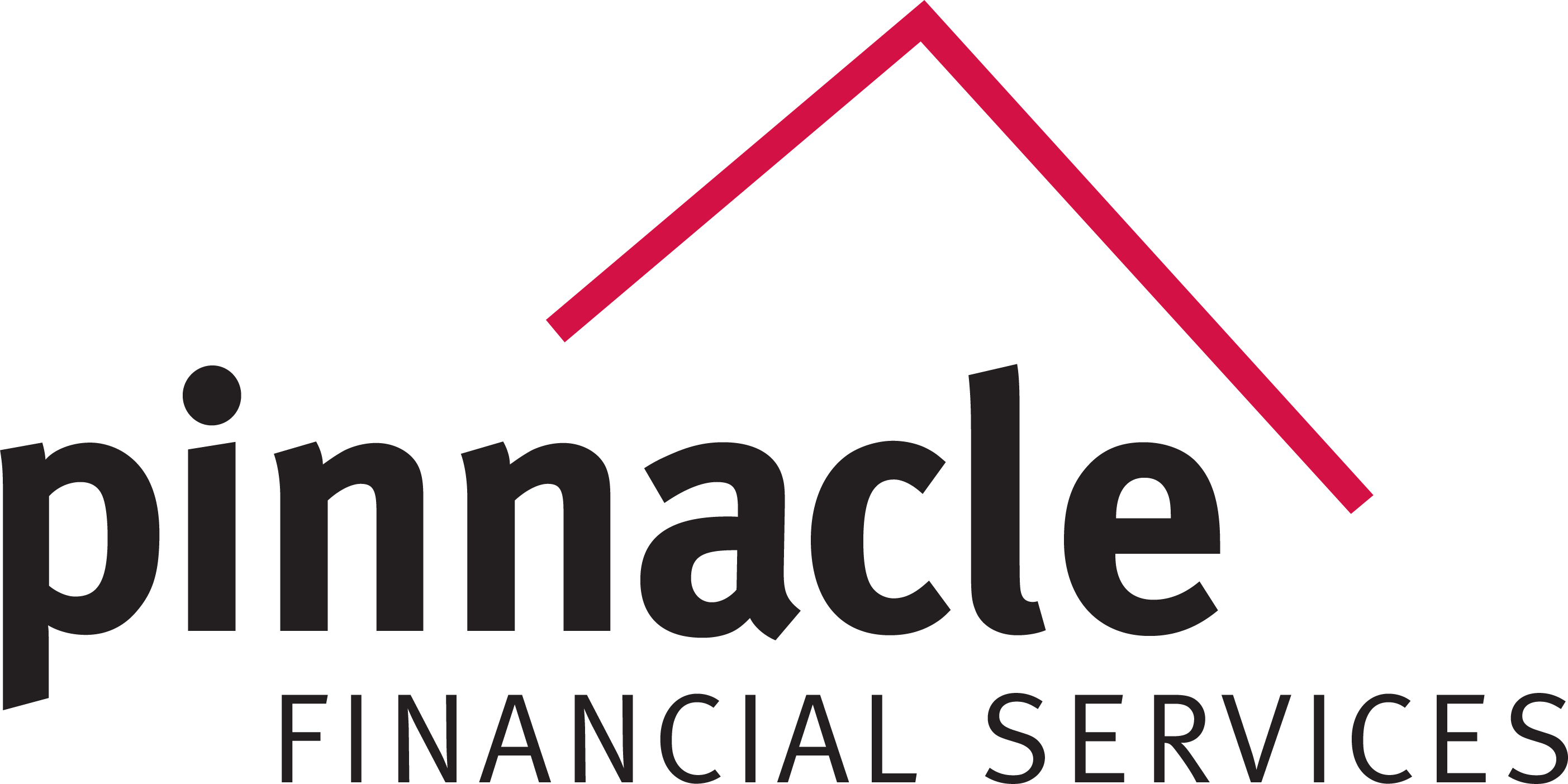On the surface, CMS’s 2026 Medicare Part D bid data doesn’t paint a negative picture with relative premium stability. But if you’re an insurance agent, or a Medicare beneficiary, don’t let the headline numbers fool you into complacency.

Behind the scenes, the Inflation Reduction Act (IRA) is shaking the foundation of how drug plans are priced. CMS last year stepped in with even more oversight and financial backstopping, including the hastily added Part D Rate Stabilization Program.
Let’s unpack what’s really happening and what it means for your clients, your commissions, and the future of Medicare.
Quick Recap: What Do the 2026 Bids Say?
- National base premium: $38.99
- $10 Reduced Premium Stabalization Offset
- Cap Premium Growth to $50 from $36 in 2025
What’s Causing Distortion?
- IRA Disruptions to the Part D Pricing Model
The IRA capped out-of-pocket drug costs for beneficiaries (at $2,000/year), and shifted more liability onto plans, especially in the catastrophic phase. That’s good for consumers in theory, but it disrupted the traditional actuarial model insurers use to price drug risk.
Result? Plans struggled to file realistic bids, and without more time to adapt, many underbid just to stay competitive, while planning to tighten formularies.
- Government Bailout: The Part D Rate Stabilization Program
Recognizing the instability, CMS rushed out the Rate Stabilization Program, essentially pumping more government dollars into Part D to prevent a collapse in plan participation or massive premium hikes.
So, while premiums appear somewhat flat, it’s more big government spending, not real cost control. Taxpayers are footing the bill to mask what the IRA did to the Medicare ecosystem.
Ripple Effects: From Part D to Medicare Advantage
Here’s where things get real for agents and beneficiaries.
Medigap Plans Are Getting Pricier
With inflation, older underwriting pools, and state-level reforms such as birthday rules, Medigap premiums continue to rise, particularly for Plans G and N. The days of single-digit yearly increases are most likely gone. The impact to these premiums are likely to cause beneficiaries to consider other choices.
Part D Plans Becoming Less Predictable
Even with premium caps, we’re likely to see:
- More step therapy
- Stricter formularies
- Narrower pharmacy networks
This leads to frustration for beneficiaries, who face increasing premiums and rising plan changes and restrictions.
Shift into Medicare Advantage
The obvious outcome? Beneficiaries are starting to choose Medicare Advantage plans to avoid sticker shock from Med Supp and Part D. A $0 premium MA plan with Part D built in will be a necessary change for many.
Obviously, with a Medicare Advantage plan versus a traditional Medicare with a Medicare Supplement, costs shift from premiums to co-pays and deductibles. Does it ultimately save money? For some, yes.
Those who use the plans less can see an overall reduction in yearly out-of-pocket costs. But for many, changing to Medicare Advantage will not save them money.
It’s going to be a conversation that agents are going to need to have to decide the best and most suitable choice for their client’s situation.
And with CMS increasing scrutiny on MA plan overpayments, plans may get leaner, with changes to copays, deductibles, and supplemental benefits such as dental and vision. Something must give!
What Agents Need to Watch
Be proactive this AEP
Start warning clients now that:
- Plan evaluation is going to be at the forefront.
- Switching in 2026 is going to be a real possibility!
- Formularies are changing
- Medigap shoppers may want to compare long-term costs, not just 2025 rates
Understand plan economics
The Rate Stabilization Program is temporary. Plans may be pulled back or consolidated in future years. Don’t get caught flat-footed when a client’s preferred PDP or MA plan exits.
Be a strategic advisor, not just an order taker
This is your chance to shine. Agents who explain the big picture, how policy drives pricing, will build trust that lasts beyond the sale.
The System’s in Transition
The IRA stated it was attempting to assist beneficiaries, but it introduced economic friction into a system that relies on actuarial certainty. CMS responded by propping up the program last year, but that’s not sustainable.
For agents, this is a pivotal moment: provide clarity and direction to your clients where uncertainty and noise will be loud and widespread. Remember to reach out to your clients and let them know you have them covered! You don’t want them to get steered by a call center into another plan without your knowledge.
Pinnacle Financial Services supports agents with training, contracting, and marketing strategies to navigate the chaos of Medicare. Get the insights you need before the market shifts again.
Visit www.pfsinsurance.com or call 800-772-6881
1 (800) 772-6881 x7731 | sales@pfsinsurance.com

Bob Brzyski
Vice President of Marketing
Contact a Pinnacle Representative if you have any questions.
1 (800) 772-6881
support@pfsinsurance.com

0 Comments